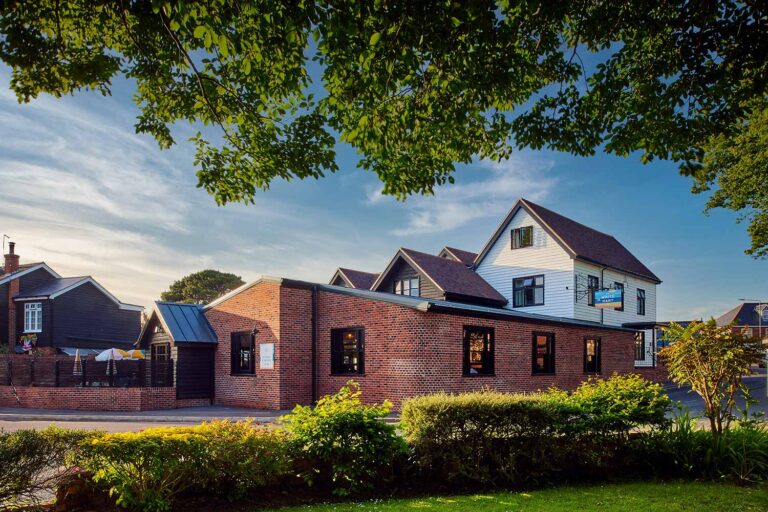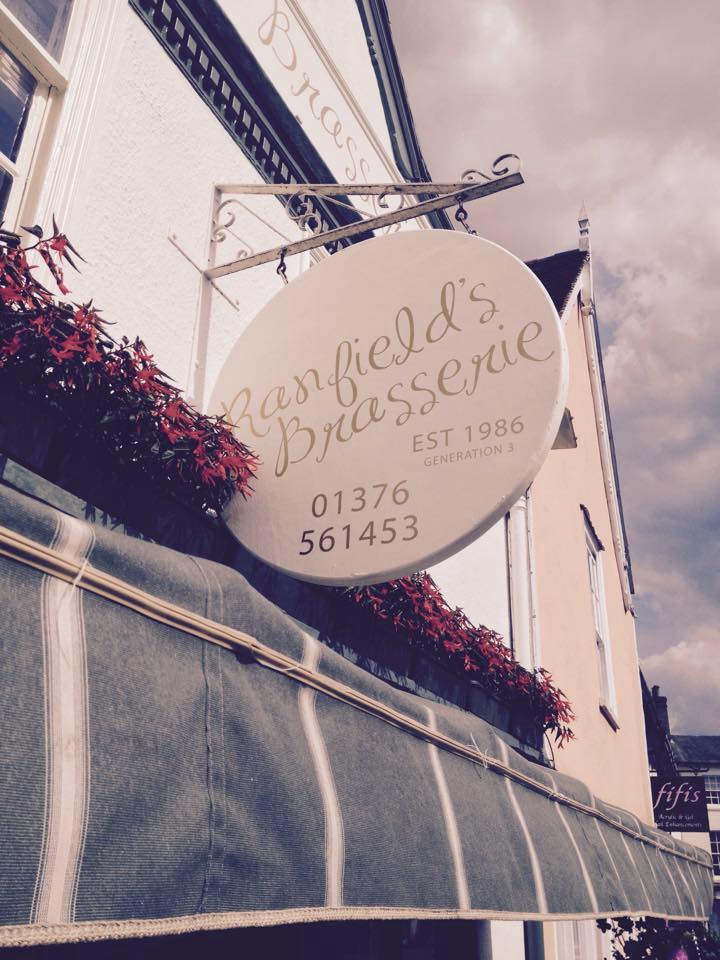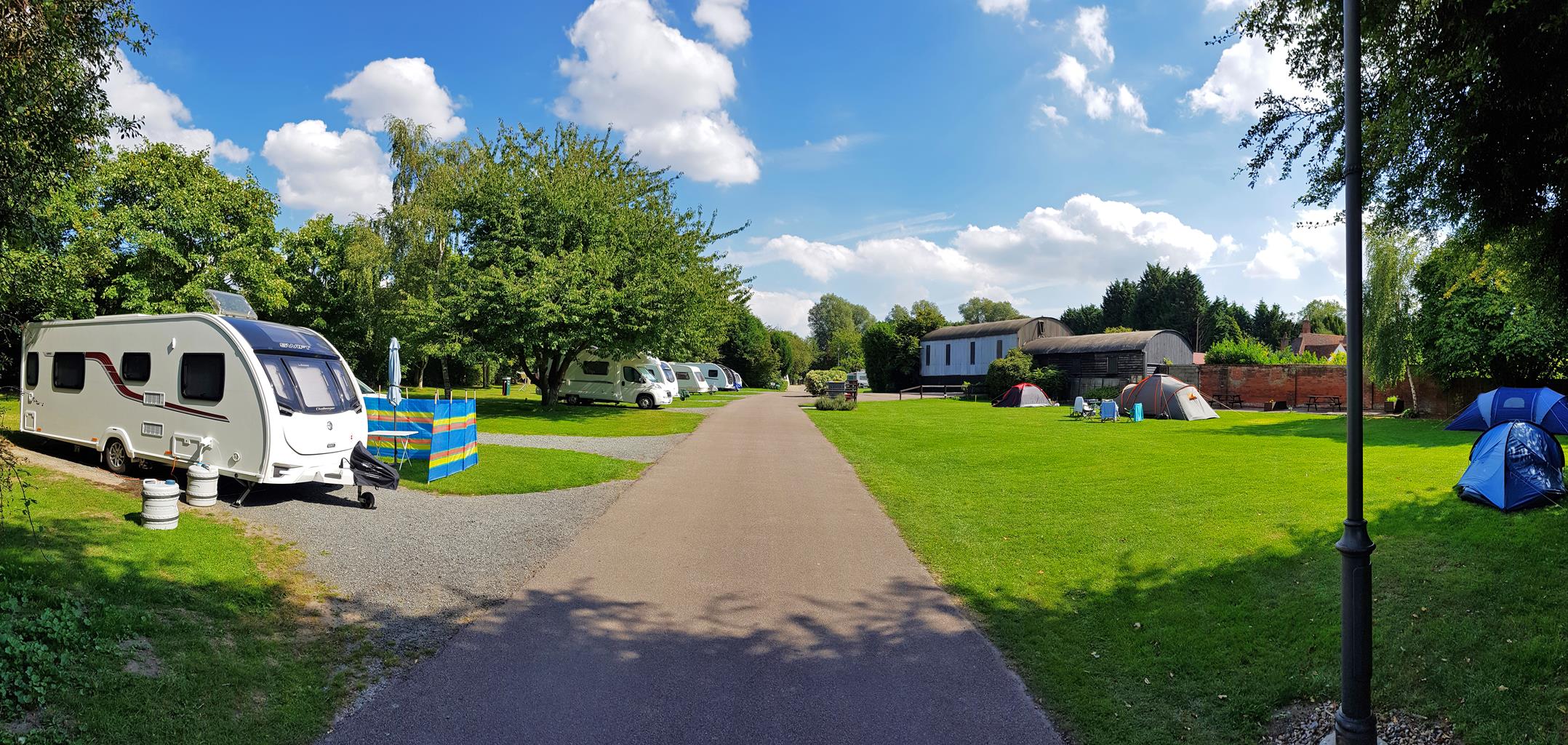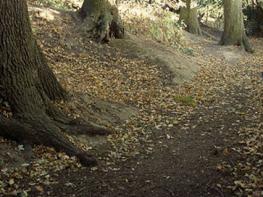Set in 320 acres of glorious Essex countryside, Potters Resorts offers all-inclusive short…
Layer Marney and its tower

In the footsteps of royalty with views of the estuary
4.5 miles (7.24kms)
About the walk
Layer Marney is situated just inland from the mouth of the tidal River Blackwater and because the landscape is so flat, the imposing Tudor tower built by Henry Marney can be seen clearly near the end of the route, on the return approach to Layer Marney.
Built to rival Hampton Court
Constructed during the reign of Henry VIII, the impressive gatehouse is built of handmade red bricks and is said to have more terracotta, and is taller, than Hampton Court Palace. In fact it is the tallest Tudor gatehouse in England and the original money pit. The King was keen for his courtiers to build glorious palaces and was a guest at Layer Marney Tower in August 1522. What we see today though, is only part of the intended building, as Henry, Lord Marney, who was Henry VIII’s Lord Privy Seal, died just a year after this visit and before the work was completed. Henry’s son, Lord John Marney, carried on with the construction program but died just two years later without a male heir so the project was never fully realised.
Against all the odds
An earthquake in 1884 – the biggest ever in England - severely damaged the buildings but fortunately, restoration works were started by the Peache family who re-roofed and replaced the floors in the gatehouse. The gardens were enlarged and a folly added by Walter de Zoete who also converted the stable block into a long gallery to house his art collection.
Modern times
The parents of the present owners, Nicholas and Sheila Charrington, purchased the property for £7k in 1959 and their son and his wife have opened up the tower and gardens to the public. The tower is also hired out as a wedding venue, much aided by the adjacent St Mary the Virgin Church which includes the Marney family tombs. Henry, Lord Marney started the building works for St Mary the Virgin Church which, after his death in 1523, was carried on by his son. The church was also left unfinished after John’s death but provision was made in their wills for its completion. Inside are the tombs of Henry and John, along with an earlier ancestor, Sir William Marney. The tomb effigies are of a fine quality carved in alabaster and black marble. On the north wall is a large painted mural of St Christopher which dates from around 1520 and was covered during the Reformation. It remained hidden until its rediscovery in 1870 and today, it’s easy to imagine how colourful it must once have been.
Walk directions
Facing St Mary’s Church, turn left along a path which skirts the church and runs beside deer fencing. At the path junction by a public footpath sign, turn right in the direction of Smythe’s Green. Follow the grassy path gently uphill beside pasture and cross a plank footbridge. From here, walkers have made a path across the field to the left of the telegraph pole but for the official route, turn left along the field edge for 20yds (18m) and then turn right to cross the field, heading for a public footpath sign beside a lane at the hedgeline.
Turn right along the lane and at the road junction turn left, then at the crossroad just after Layer Barn, keep ahead in the direction of Colchester. Pass Pond Farm and Roundbush Farm.
At the public footpath sign turn right and go through a kissing gate via a plank footbridge. Keep ahead across two paddocks, separated by kissing gates and footbridges and at the farm track, turn left. Pass to the right of a reservoir and at the fork, keep ahead across arable land. Walk beneath power lines and at the field corner, pass beside a metal gate and continue past a row of houses.
After Briars Cottage, turn right along the tarmac lane and after a house on the right called Hollycott Well, look out for a path junction. Bear half right (not sharp right) along the path marked by a fingerpost. Keep ahead along a driveway to reach a road. Directly opposite is Layer Breton’s heath.
Turn right and after a few paces, turn right along a shingle driveway. Go over a stile to the left of Breton Farm and join an enclosed path. Go through a hedge gap and continue along the right-hand edge of a field. You will see Layer Marney Tower ahead of you and to the far left, the Blackwater Estuary. Go through a hedge gap onto a lane and turn left.
Where the lane curves sharp left, turn right at a public footpath sign. The grassy path runs along the right edge of the next two fields and then becomes a cross field path, with good views ahead of the Tower. At the tarmac road, turn left and after a pair of cottages, bear right through wooden gates along a track which leads back to the church.
Additional information
Country lanes, grassy paths and farm tracks
Flat, arable land, unbroken views
On a lead through the paddocks, after leaving the lane past Roundbush Farm
OS Explorer 184 Colchester, Harwich & Clacton-on-Sea
In front of St Mary’s Church, Roundbush Road, Layer Marney
None on route
WALKING IN SAFETY
Read our tips to look after yourself and the environment when following this walk.
Find out more
Also in the area
About the area
Discover Essex
Essex is full of pleasant surprises. It has the largest coastline of any county in England, with its fair share of castles, royal connections and scenic valleys. Take Colchester, for example, which was built by the Romans and is Britain’s oldest recorded town. Its castle contains the country’s largest Norman keep and yet, a stone’s throw from here, East Anglia’s newest arts centre promises to put Colchester firmly on the map as Essex’s capital of culture.
Tidal estuaries are plentiful and their mudflats offer migrating birds a winter feeding place. Essex was known as the land of the East Saxons and for centuries people from all over Europe settled here, each wave leaving its own distinctive cultural and social mark on the landscape. Walking a little off the beaten track will lead you to the rural retreats of deepest Essex, while all over the county there are ancient monuments to explore:
- the great Waltham Abbey
- Greensted, thought to be the oldest wooden church in the world
- the delightful village of Pleshey has one of the finest examples of a former motte-and-bailey castle
- Hedingham Castle, magnificently preserved and dating from the 11th century.
Nearby stays
Restaurants and Pubs
Nearby experiences
Recommended things to do
Why choose Rated Trips?
Your trusted guide to rated places across the UK
The best coverage
Discover more than 15,000 professionally rated places to stay, eat and visit from across the UK and Ireland.
Quality assured
Choose a place to stay safe in the knowledge that it has been expertly assessed by trained assessors.
Plan your next trip
Search by location or the type of place you're visiting to find your next ideal holiday experience.
Travel inspiration
Read our articles, city guides and recommended things to do for inspiration. We're here to help you explore the UK.













